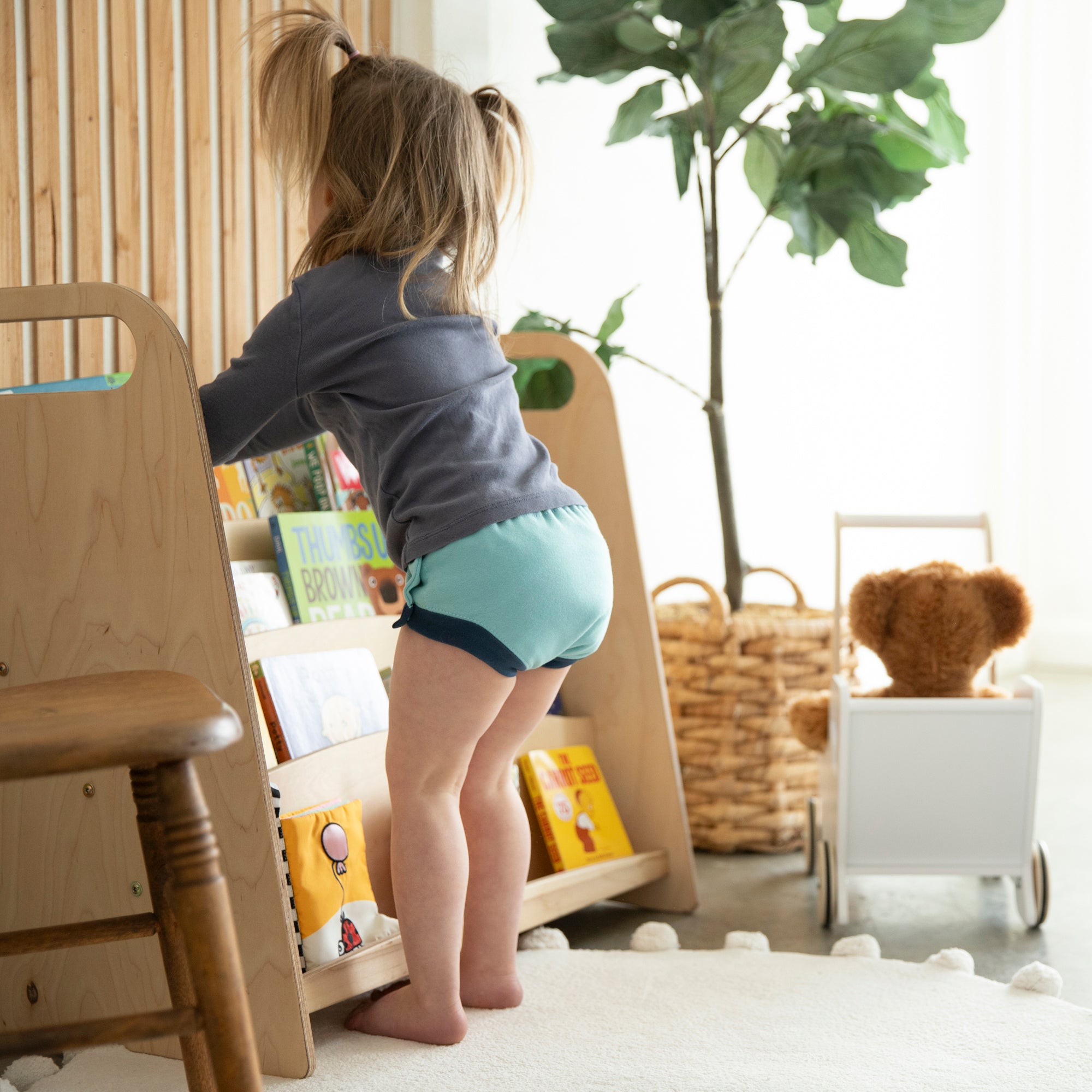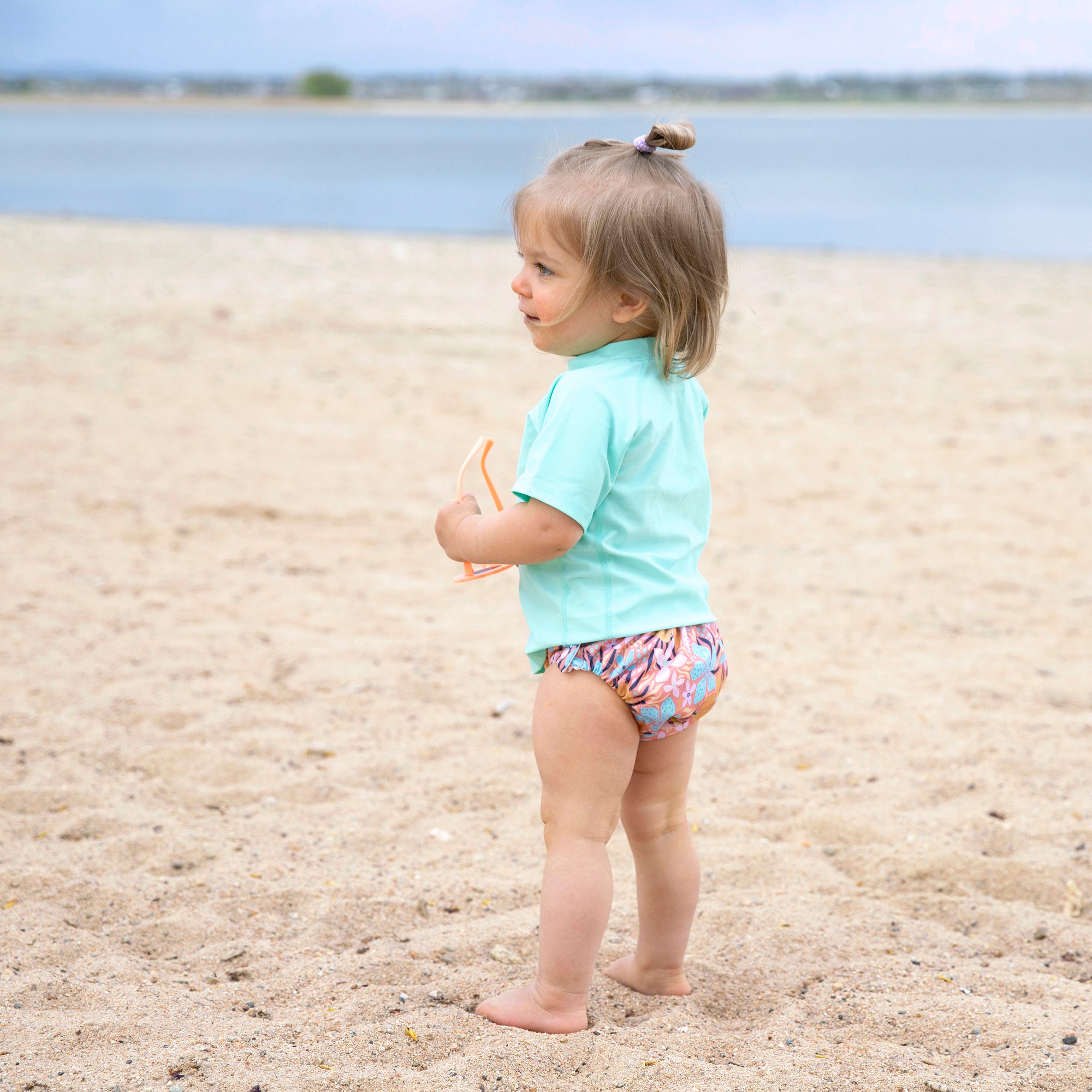High Efficiency, or HE machines, can be top loading or front loading washing machines. Top-loading models look like standard machines from the outside, but like their front-loading cousin, they use different
 types of washing action to get clothes clean using less water and energy. Front-loading models are similar to machines used in Laundromats, which lift and drop clothing into the water instead of rubbing clothes around an agitator. Many HE machines have sensors to monitor incoming water temperature and the weight of the load. They also rinse clothes with repeated high-pressure spraying instead of soaking them in a full tub of water. Both top-loading and front-loading ENERGY STAR certified washers save resources such as gas, electricity, and water. They utilize faster spin cycles to extract more water out of the laundry, reducing dryer time and energy use. HE Facts Water Traditional machines generally require enough water to cover all the clothes in the drum, while a high efficiency washer needs only about a 20-66% of that amount. Wash Time Wash cycle times are generally longer with a high efficiency washing machine, but dryer times are decreased.
types of washing action to get clothes clean using less water and energy. Front-loading models are similar to machines used in Laundromats, which lift and drop clothing into the water instead of rubbing clothes around an agitator. Many HE machines have sensors to monitor incoming water temperature and the weight of the load. They also rinse clothes with repeated high-pressure spraying instead of soaking them in a full tub of water. Both top-loading and front-loading ENERGY STAR certified washers save resources such as gas, electricity, and water. They utilize faster spin cycles to extract more water out of the laundry, reducing dryer time and energy use. HE Facts Water Traditional machines generally require enough water to cover all the clothes in the drum, while a high efficiency washer needs only about a 20-66% of that amount. Wash Time Wash cycle times are generally longer with a high efficiency washing machine, but dryer times are decreased.

Cleaning the machine
Since water use is low, there's a tendency for soap and soil residue to build. This requires you to run a monthly cleaning cycle. Laundry Detergent High efficiency machines cannot use the same detergent you buy for a traditional machine. High efficiency detergents do the same great job of cleaning but are formulated to work better in a low water environment. Efficiency Since there's either no agitator or a smaller agitator in high efficiency washing machines, you can also generally do larger, and hence fewer, loads than in traditional machines. Energy Star Washers with the ENERGY STAR rating use about 35 percent less water and about 20 percent less energy than standard washing machines (15 gallons of water per load, compared to the 23 gallons). Benefits of HE machines- Performance: Great at getting clothing clean. HE machines usually have more customized settings which can provide for better cleaning. Many newer models of HE washers have sensors, enabling the machines to detect the weight of a load and the type of fabric, so they can run at optimal temperature and water levels.
- Less Wear and Tear: Unlike washers with agitators, which actually scrub the soil out of fabric, high-efficiency models toss and tumble through a stream of water to clean the laundry.
- Greater Capacity: Due to the removal of the agitator, front-loading washers save space inside allowing for larger loads. Front load machines can also be stacked with a dryer to save space.
- Resource Preservation: Energy Star-rated machines are required to use 30 percent less energy than traditional models, and most high-efficiency washers use 20-66 percent less water.
- Shorter Dry Times: Although the wash cycle is longer, the spin cycle removes more water from fabric. This may not be an issue for those line drying in arid climates, but can help for those using the dryer or with more humid climates.
- Cost Savings: Although HE machines can cost quite a bit more upfront, they can save money on resources such as energy and water. Keep in mind if using the sanitize cycle on clothing or linens, that this super-hot cycle increases energy use significantly.
- Initial Cost and Maintenance Costs: HE machines can come with a hefty price tag. The machines will also have higher maintenance costs, due to the high tech features and cost of specialized parts.
- Noise: The spin cycle on HE machines may be a bit noisy. Placing a thick mat under the machine may help.
- Mold and Mildew on front loaders: Due to the rubber seal utilized to keep the water in, mold and mildew can grow around the inside seal and in the washer. Cleaning the machine on a routine basis should help, as well as keeping the door open in between uses (make sure small children do not have access to the machine when the door is open). Also make sure to remove laundry promptly after the wash cycle is finished.
- Difficulty Cleaning Cloth Diapers: Due to the amount and nature of the soil in cloth diapers, HE machines may not clean cloth diapers thoroughly. This can depend on the amount of water that the machine uses, wash routine, and the make and model of machine.





Sadly, found the above to be my experience also. And sheets stretched out over the bottom. Energy efficient yes, but unless I put the clothes in as soon as they are soiled, they do not become clean. It is with great difficulty reaching to the bottom of the machine to extract clothes. Disappointed and I mistakingly relied on the salesperson to be truthful.
This was super helpful!
Adding a wet bath towel helps trick some HE machines into giving more water!
my maytag top load is new and he soap, low water. i seem to have soap residue left on
my clothing even after a second rinse. i followed all the instructions in the book
on loading and washing and still have a problem. any ideas out there ?
Excellent post!! Great information all in one spot! Will definitely bookmark this post and refer back often :)
You're viewing 21-25 of 41 comments